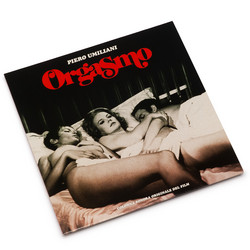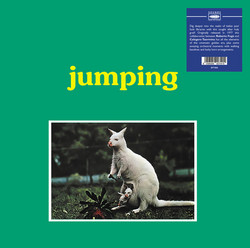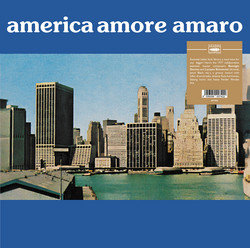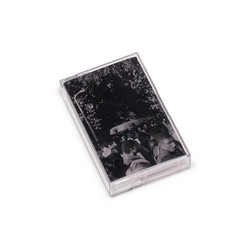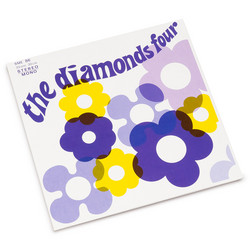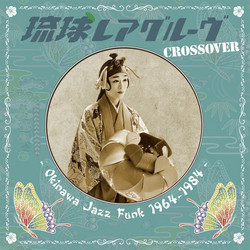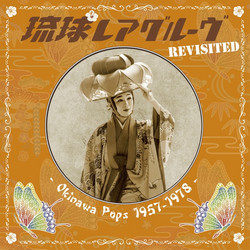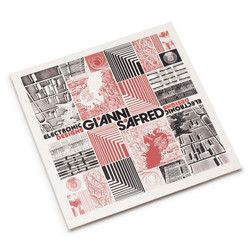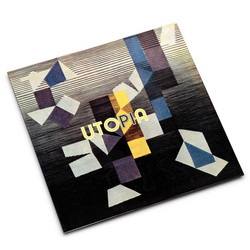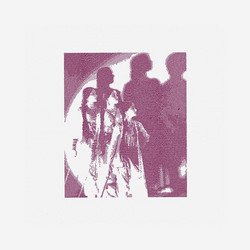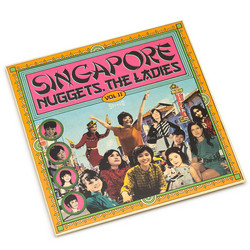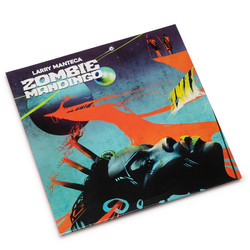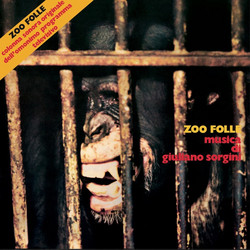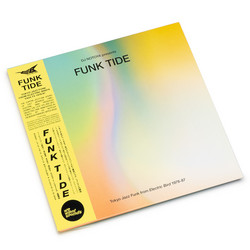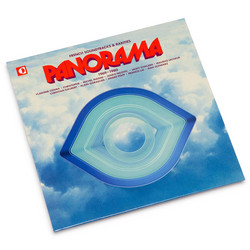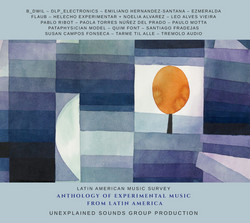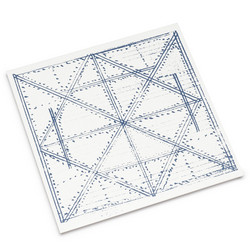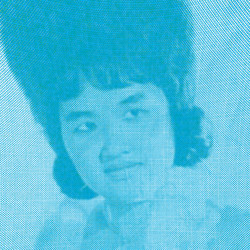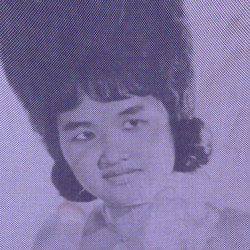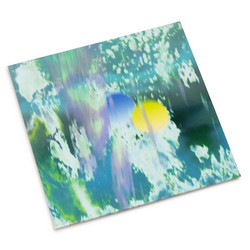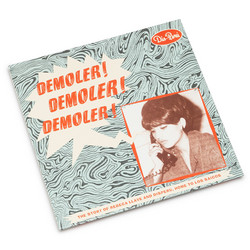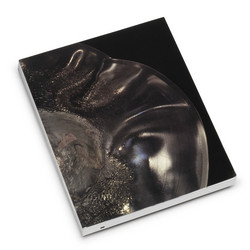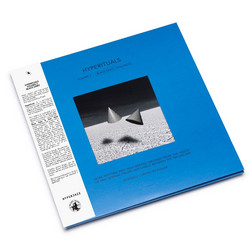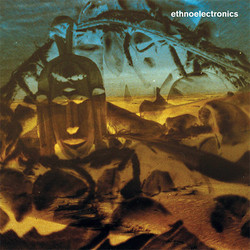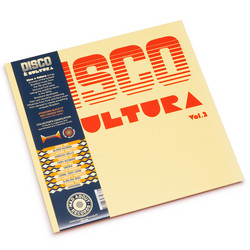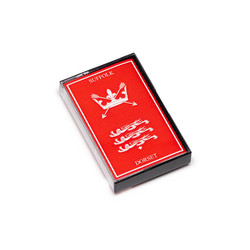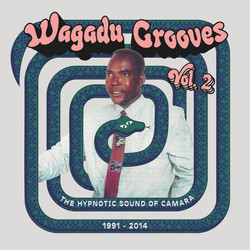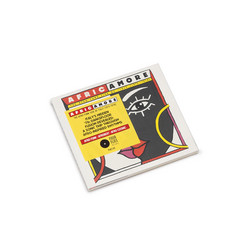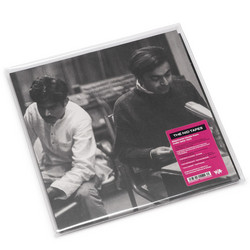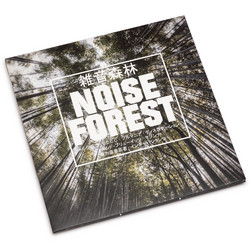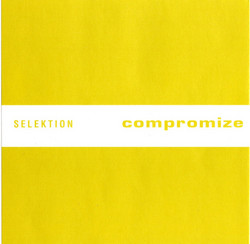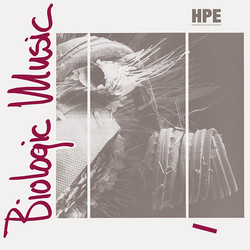The Soninke collective consciousness finds its origins in a founding myth, a blood pact: the legend of Biida and the decadence of the empire of Ghana or Wagadu (evoked by Léopold Sédar Senghor as a land of plenty in his poem Le Kaya Magan). From the 3rd century AD, gathered in the region of Sahel, on the edge of the Sahara desert, the Soninko ruled over their kingdom and its capital Kumbi Saleh. According to folklore, they were blessed with abundant rain and nuggets of gold could be picked directly from the ground. They owed this prosperity to a providential but cruel protector: the Wagadu Biida, a seven-headed serpent who lived at the bottom of the Kumbi well. Every year, as a reward for his favours, the Biida demanded an offering: the life of the most beautiful virgin woman in the community. Sacrifices took place for generations, until the 13th century AD, when fate chose Siya Yatabéré, Maamadi Sehedunxote's sweetheart.
When the dreadful day came, no one seemed surprised to find the young man armed on his stallion, facing the beast’s lair alongside Siya Yatabéré. The Biida always came out of the well three times before taking his victim. And so it went, until the third apparition when the sky darkened, the thunder rumbled and the wind blew. Maamadi charged at the Biida and cut off its head with his sword. In turn, six other heads appeared and were immediately cut off, each landing on what would become the sites of West Africa’s seven great gold mines. From the seventh severed head arose a curse: "With my end begins a period of calamity for you and your people. For seven years, seven months and seven days, not a drop of water will fall on Wagadu and your gold will turn to dust". According to oral tradition, the murder of Biida symbolises the ethinc group's abandonment of ancestor worship and adoption of Islam. With the realm in its death throes, the dispersion of the Soninko became inevitable. Nomads at heart, always wanting to go beyond their borders, they first criss-crossed the sub-region or Central Africa (the two Congos), then kept on moving from one area to another in West Africa (mainly Mali, Senegal, Mauritania, Guinea, Gambia, Guinea-Bissau), not only to trade and farm, but also to reach out to others, gather knowledge and gain autonomy...
Centuries later in 1977, Gaye Mody Camara, a young Soninke raised in Mali's Kayes region, settled in France to found his own empire. Initially selling wax, kola nuts and other goods in his Parisian outlets, he rapidly started distributing cassette tapes and eventually producing a multitude of recordings for his own label: Camara Production. Crossing paths and collaborating over the next four decades with legendary artists, griots and industry moguls like Boncana Maïga, Jean-Philippe Rykiel, Ganda Fadiga, Diaby Doua or Ibrahima Sylla, Camara became one of the great independent music producers of his generation, and a pilar of the Parisian Soninke diaspora.
Released in close collaboration with Gaye Camara and with the assistance of Daouda N'diaye, one of A.P.S' (Association pour la Promotion de la langue et de la culture Soninké) historical members, this selection of songs and accompanying notes aim to shed a light on an intricate culture and its modern music, unjustifiably unknown outside of West Africa and the various diasporas around the world. Originally released on cassettes or digitally, we have given the utmost attention to bringing this music to a new format. It has been carefully remastered and pressed on heavyweight vinyl. The release of this compilation coincides with a huge victory achieved by the A.P.S in october 2023: the proclamation by UNESCO of an international day of the Soninke language on September 25th.
When the dreadful day came, no one seemed surprised to find the young man armed on his stallion, facing the beast’s lair alongside Siya Yatabéré. The Biida always came out of the well three times before taking his victim. And so it went, until the third apparition when the sky darkened, the thunder rumbled and the wind blew. Maamadi charged at the Biida and cut off its head with his sword. In turn, six other heads appeared and were immediately cut off, each landing on what would become the sites of West Africa’s seven great gold mines. From the seventh severed head arose a curse: "With my end begins a period of calamity for you and your people. For seven years, seven months and seven days, not a drop of water will fall on Wagadu and your gold will turn to dust". According to oral tradition, the murder of Biida symbolises the ethinc group's abandonment of ancestor worship and adoption of Islam. With the realm in its death throes, the dispersion of the Soninko became inevitable. Nomads at heart, always wanting to go beyond their borders, they first criss-crossed the sub-region or Central Africa (the two Congos), then kept on moving from one area to another in West Africa (mainly Mali, Senegal, Mauritania, Guinea, Gambia, Guinea-Bissau), not only to trade and farm, but also to reach out to others, gather knowledge and gain autonomy...
Centuries later in 1977, Gaye Mody Camara, a young Soninke raised in Mali's Kayes region, settled in France to found his own empire. Initially selling wax, kola nuts and other goods in his Parisian outlets, he rapidly started distributing cassette tapes and eventually producing a multitude of recordings for his own label: Camara Production. Crossing paths and collaborating over the next four decades with legendary artists, griots and industry moguls like Boncana Maïga, Jean-Philippe Rykiel, Ganda Fadiga, Diaby Doua or Ibrahima Sylla, Camara became one of the great independent music producers of his generation, and a pilar of the Parisian Soninke diaspora.
Released in close collaboration with Gaye Camara and with the assistance of Daouda N'diaye, one of A.P.S' (Association pour la Promotion de la langue et de la culture Soninké) historical members, this selection of songs and accompanying notes aim to shed a light on an intricate culture and its modern music, unjustifiably unknown outside of West Africa and the various diasporas around the world. Originally released on cassettes or digitally, we have given the utmost attention to bringing this music to a new format. It has been carefully remastered and pressed on heavyweight vinyl. The release of this compilation coincides with a huge victory achieved by the A.P.S in october 2023: the proclamation by UNESCO of an international day of the Soninke language on September 25th.
